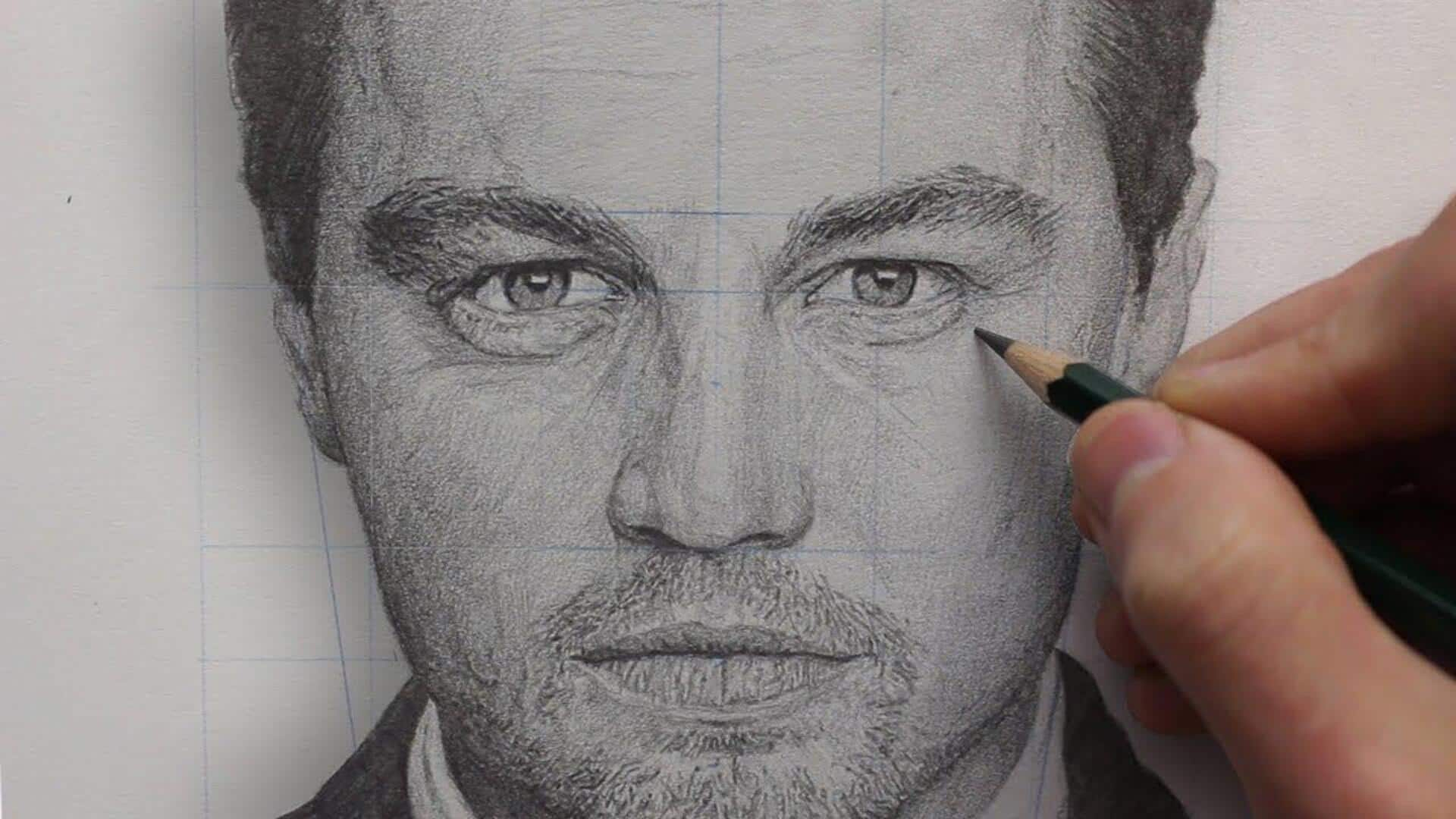
How to draw portraits like a pro
What's the story
Drawing realistic portraits is a combination of a keen eye for detail and knowledge of human anatomy. It's not just about replicating what you see but also capturing the essence of the subject. While the skill can be honed with practice, here are are some tricks that professionals use. Whether you're a beginner or looking to refine your skills, here's how to go about it.
Structure basics
Mastering proportions and anatomy
Understanding proportions is key in portrait drawing. The human face has certain measurements, like the eyes being halfway down the head and the distance between them being about an eye width apart. Get accustomed to these basic structures to make sure you are mindful of them when drawing. Sketch different angles to understand how features align on different planes.
Shading techniques
Focusing on light and shadow
Light and shadow can add a lot of depth to portraits. Observe how light interacts with facial features of real-life subjects or photographs in various lightings. Use shading techniques like hatching, cross-hatching or blending to create smooth transitions between light and dark areas, enhancing the three-dimensional effect.
Fine details
Capturing likeness through details
Details like wrinkles, freckles, or hair texture are crucial to capturing likenesses in portraits. Focus on these aspects without going overboard with them; subtlety is everything. Employ fine lines for delicate details like eyelashes or strands of hair, while keeping the overall composition of your artwork balanced.
Tools selection
Utilizing quality materials
The quality of your materials can affect how your drawing turns out drastically. Purchase high-quality pencils from hard (H) for light lines to soft (B) for darker shades. Pick a paper that matches your style; smoother surfaces are perfect for detailed work but textured papers bring character with visible strokes.
Regular practice
Practicing consistently
Consistent practice is the key to becoming better at portrait drawing. Dedicate some time every day or week to sketching faces from life or reference images online/offline sources (free, if possible). Keep experimenting with new styles and techniques until finding what works best for you - remember, patience pays off eventually.